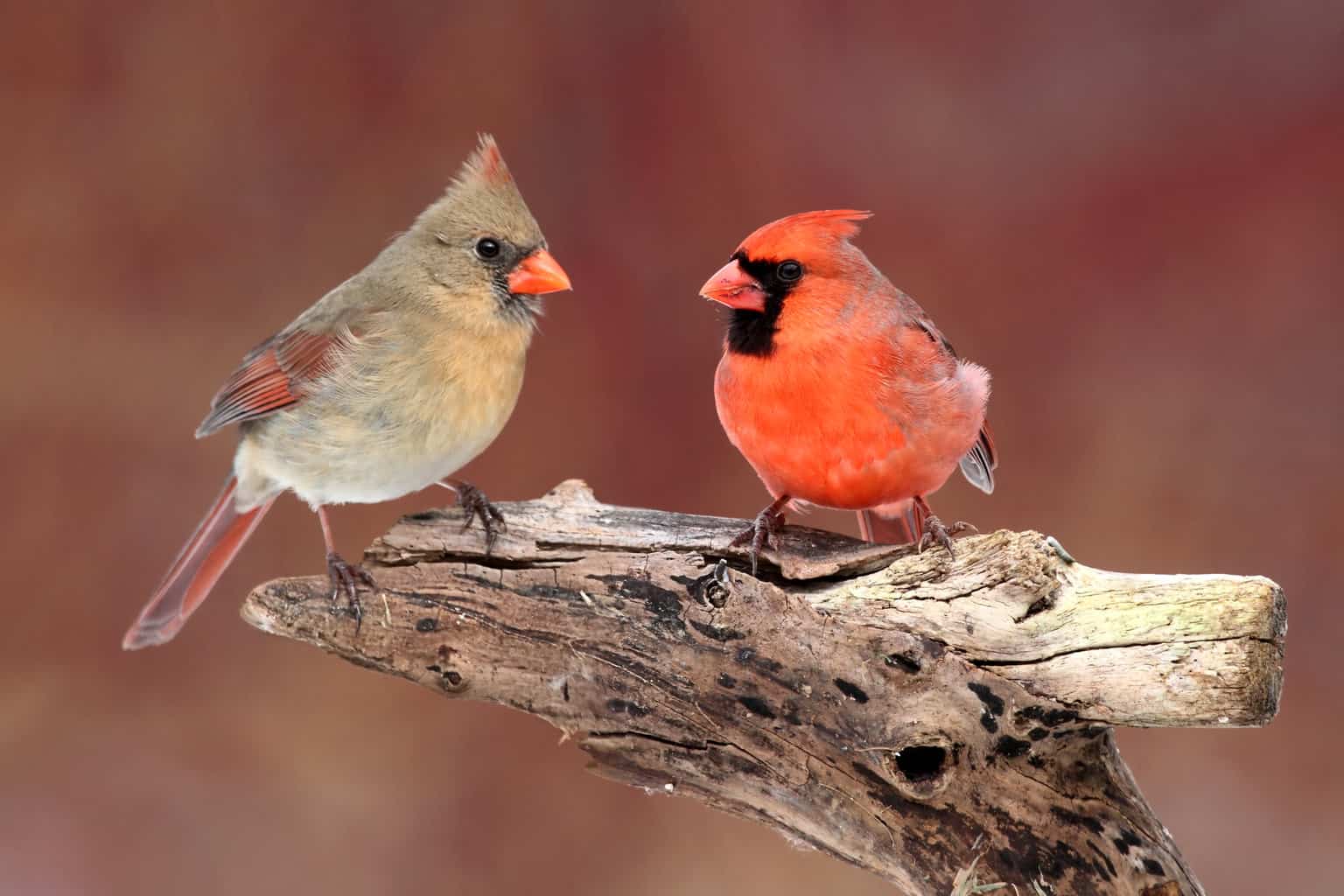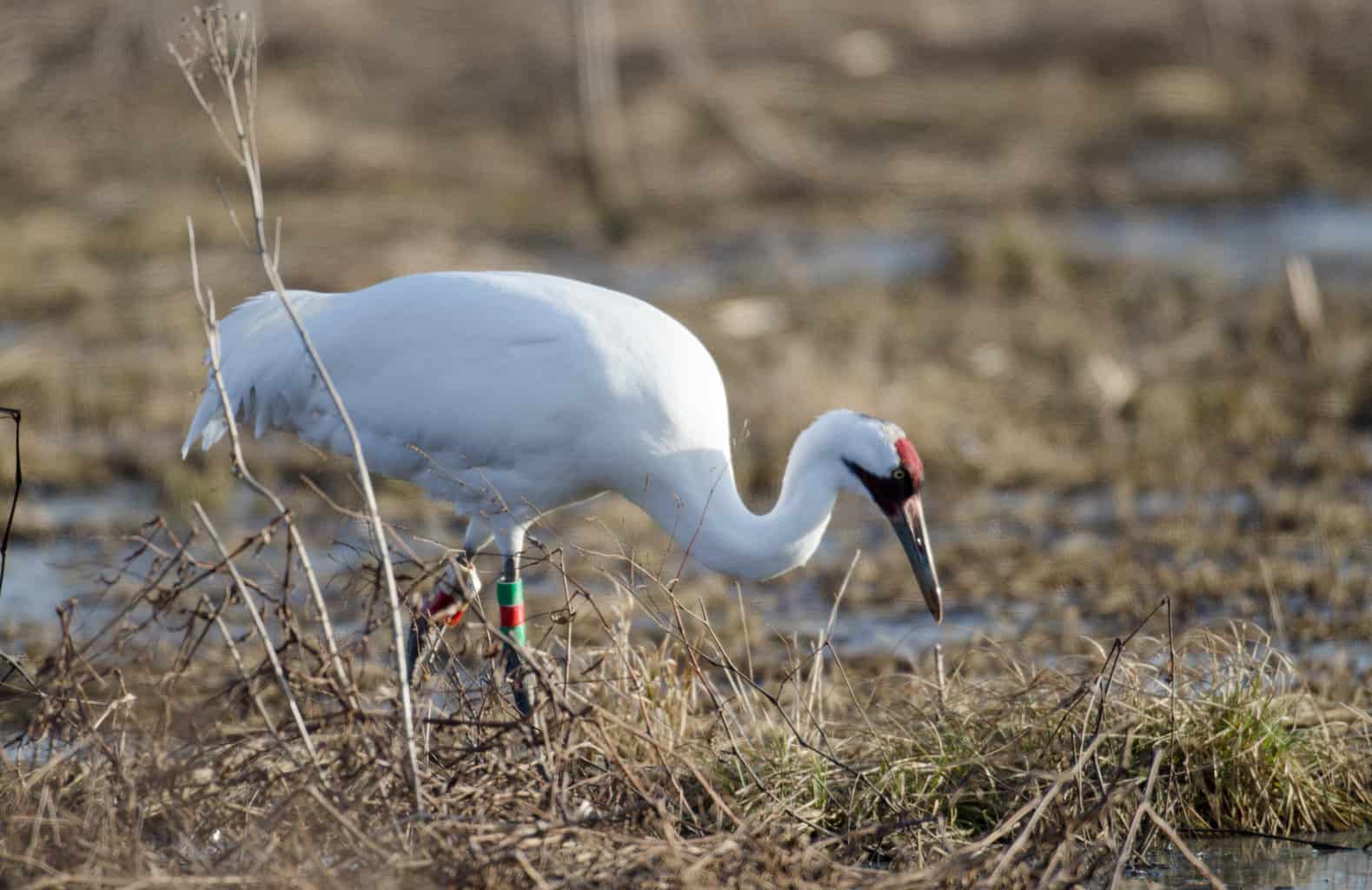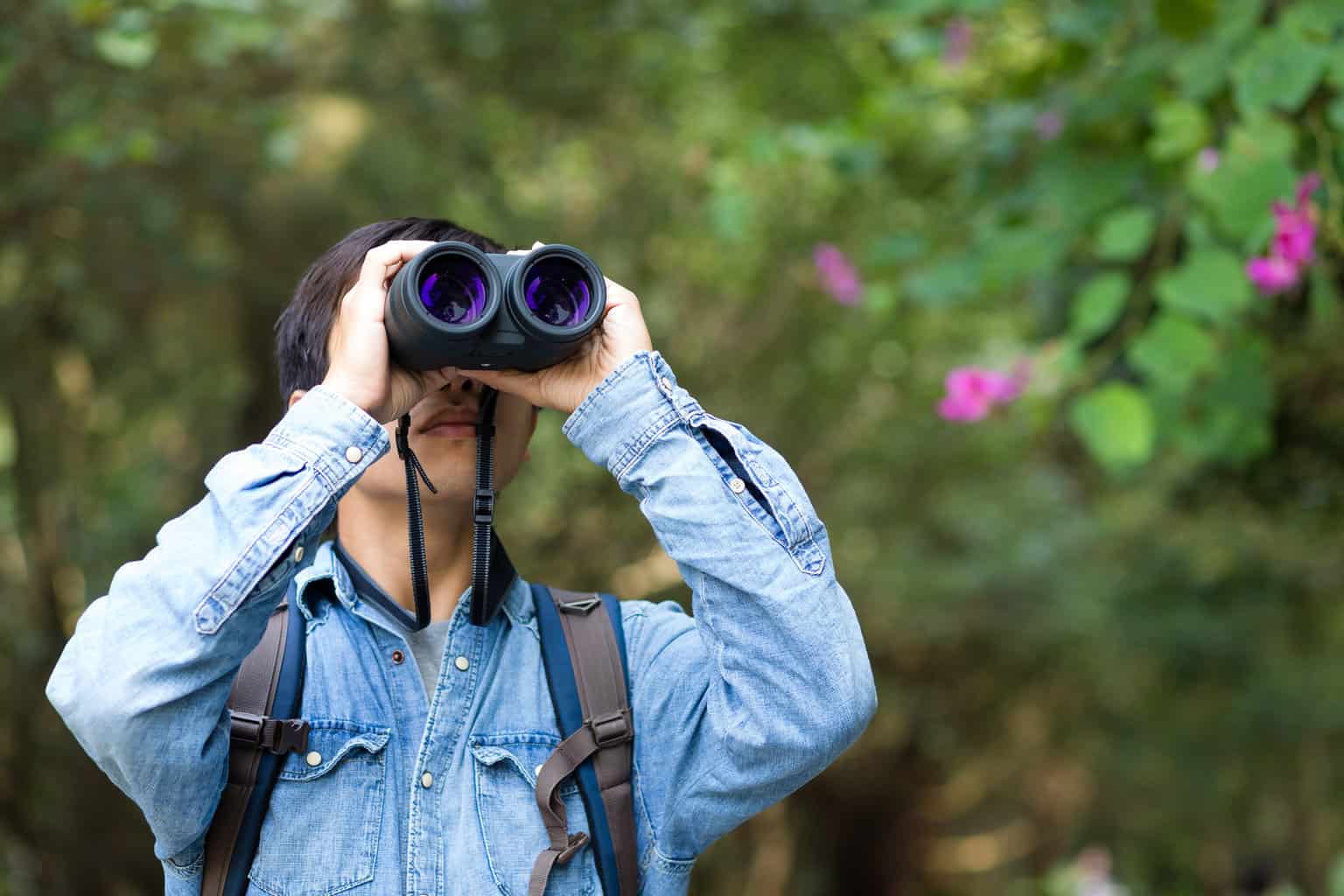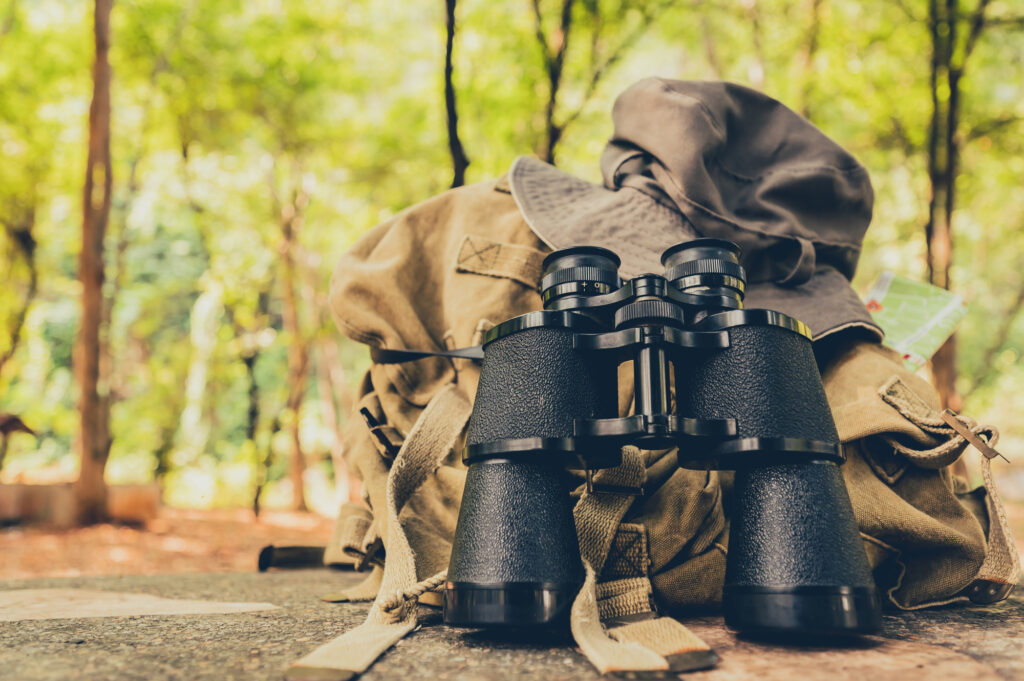The number of people enjoying bird watching increased significantly starting in 2020. New documentary TV shows like Extraordinary Birds with Christian Cooper have only brought this hobby even more into the spotlight. This means more people are enjoying one of life’s simplest, purest hobbies.
If you’re just getting started, or you’re thinking about it, welcome to the club. While there’s no limit to how far the hobby can take you, it’s also very simple, and you can enjoy it in any fashion you would like.
Want to start a life list and try to see every bird species in North America? No time to start like the present. Just want to watch birds in your backyard from time to time? That’s great too. Welcome to birding for beginners.
Birding can be as simple as being mindful of the bird calls you hear as you go for your daily walk down your street. With this in mind, getting started doesn’t have to put a dent in your wallet, either.
Get Outside
The first and best thing you can do as you begin birding is to get outside. Birds are everywhere, from suburbs and small local parks to true wilderness areas.
Stepping outside your home doesn’t cost much, and it’s an easy way to dip a toe into beginner bird watching. Walk to your local park or natural area and see what birds are there. Chances are, you might even recognize some common birds already.
How about the coo of a mourning dove or pigeon? Or what about the “chick-a-dee-dee-dee” of a black-capped chickadee?
Once you’ve recognized one and put a bird to the call, you’re on the board. Now, every time you hear that sound, you can associate it with the bird that’s making it.
What Basic Gear Should You Get?
Congrats, you’re officially a birder. Now that you’ve dipped your feet in, you may want to consider adding some tools to help you take it to the next level.
A lot of the fun of birding is identifying which birds you’re seeing. This can be made much easier with a bird guide, either in the form of a field guide or an app on your phone (or both).
No matter how long you’ve been birding, I cannot recommend the Merlin Bird ID enough. Developed by the Cornell Lab for Ornithology, the app features bird identification tools such as photo ID and sound ID.
With the sound ID feature, you can simply record sounds as a bird makes them, and if it’s clear and loud enough, the app will tell you what you’re hearing. It’s not infallible, but it’s generally pretty reliable, and it’s one of the best tools for bird watchers.
The app is free and provides photos and identification tips for thousands of birds. If you want to go a little bit more in-depth, consider spending a bit of money on a bird field guide.
Bird-watching guides provide detailed illustrations or photos of North American birds, helping you distinguish between different species, sexes, color phases, and more, as well as range maps.
Great examples of North American bird guides include National Geographic, Peterson, and Sibley. You can also find guides focused by region or even state for more focused information.
- Alderfer, Jonathan (Author)
- English (Publication Language)
- 592 Pages - 09/12/2017 (Publication Date) - National Geographic (Publisher)
Last update on 2024-07-25 / Affiliate links / Images from Amazon Product Advertising API
- Hardcover Book
- Peterson, Roger Tory (Author)
- English (Publication Language)
Last update on 2024-07-25 / Affiliate links / Images from Amazon Product Advertising API
- Sibley Guide To Birds, 2nd Ed
- Sibley, David Allen (Author)
- English (Publication Language)
Last update on 2024-07-25 / Affiliate links / Images from Amazon Product Advertising API
To enhance your bird-watching hobby, it’s helpful to invest in some handy bird-watching tools. Start with a good pair of binoculars. These will allow you to observe birds from a distance without disturbing them. Birds can be very small and move very quickly, so the naked eye often isn’t your best tool.
For a guide to the best binoculars on the market, click here.
This is an extra expense, but there are budget options that can reduce your costs. Certain wildlife viewing areas and natural areas also offer spotting scopes to see wildlife.
If you’re looking for another tool after you’ve been in the hobby for a while, you can also invest in a spotting scope. While these are fairly expensive, they do offer you an unparalleled view of far-away wildlife.
Set Those Alarms
The best time to see birds is undoubtedly in the morning hours. Birds are particularly active in the morning, so getting outside early is the best way to view birds.
Coincidentally, it’s also the best time to photograph birds, given that the light is less harsh in the hour after sunrise and the hour before sunset.
This doesn’t mean that you can’t see birds at other times of the day, but your best chance to see many species is in the morning.
Start a Life List (Or Don’t!)
Life lists are popular with bird watchers. Many keep lists of every species of bird they’ve ever seen or check off birds in a book as they see them.
Once you’ve stepped outside and identified a bird, your list is underway. Even if it’s checking off a rock pigeon you saw on a big city street corner, creating a life list can add a degree of adventure and accomplishment to bird watching as you make your way through the birds in your area and those you see in your travels.
You can even just make a checkmark in your field guide of birds you’ve seen with a note about where you’ve seen them.
That being said, it’s not a requirement. Birding can be whatever you want it to be, whether that involves a life list or not.
Find Birds by Connecting With Other Birders
One of the best ways to find new birding locations and pick up tips for spotting and photographing them is by connecting with other bird watchers.
This can be in person or by joining a birding club or group, such as one of the National Audubon Society’s 450+ local chapters. Local groups often put on events throughout the year where you can see birds and connect with other bird enthusiasts.
One of the easiest things you can do is join an online group, such as a Facebook group. I live in Michigan, so groups such as Upper Peninsula Birding and Bird Watchers of Michigan are great tools to find out what kind of birds people are seeing and where they’re seeing them.
The number of wildlife species I’ve tracked down based on leads I got on Facebook is too high to count.
There are birding, nature photography, and hiking groups for every state in the country. Take advantage of all the knowledge and sightings that people in your area report.
These can also be good ways to ask questions and learn about birding from the rest of the birding community. Most experienced birders are generally very helpful and happy to help out a beginner birder.

Another way to find out what people are seeing is by looking at eBird hotspots near you. Another feature from the Cornell Lab of Ornithology, eBird, logs sightings from bird watchers across the world and organizes them conveniently on a map.
Be Patient
While it can be a very relaxing, easy hobby, birding can also feel frustrating sometimes. You’ll often go out into the field in search of a certain bird, but it won’t be visible while you’re there. This can be especially true for rare birds.
For example, whooping cranes are one of my favorite birds. I have driven to Horicon National Wildlife Refuge in eastern Wisconsin several times in search of them without getting even a glimpse of one.
However, I’ve also seen the cranes on two different occasions, once for a fleeting moment and another when I had the opportunity to watch two cranes right off a popular path for about an hour.

It’s important not to look at those empty trips as truly fruitless. During each of the trips I made to Horicon that didn’t end in whooping crane sightings, I saw lots of other amazing birds and spent quality time outside in a beautiful outdoor setting. I didn’t see the bird I went there in search of, but that’s part of the process.
Don’t get down if you’re not seeing rare birds all the time. Their rarity is what makes seeing them so exciting, and the feeling when you finally get a glimpse of one is wonderfully satisfying.
Learn About Bird Behavior, Find the Birds

Learning about birds is a great way to see more of them. Knowing what seeds or other foods to feed them is key to drawing certain birds to your feeders, and when you’re out in nature, knowing where to look will keep your eyes trained on the right locations.
For example, learn what kind of birds can be seen nesting in tree cavities, and which birds of prey soar above open fields looking for their next meal.
Your field guide can be an excellent resource to start you off. The blurbs about each bird will often give you a quick tip on where to see them.
Articles on web pages like wildbirdscoop.com and other birding sites can also be full of bird identification tips and other good knowledge to have.
Bird Photography
As you grow your birding skills, you might want to capture your observations on camera. Here, we provide a beginner’s guide to bird photography, which will help you take beautiful photos of birds.
Just Get Started
One of the best pieces of advice for starting any hobby is to just jump in headfirst.
Reading about birds, watching videos about birds, putting up a bird feeder, or heading to your local park to listen to the birds are all fun ways to start your bird-watching journey.
Frequently Asked Questions
What Is the Most Essential Thing Required for Bird Watching?
The most essential thing required for bird-watching is patience, but if we’re talking tangible items, the two essentials are a bird-watching guide and a set of binoculars.
Armed with these two items, you will have all the tools needed to observe and identify birds near and far.
What Time of Day Is Best for Bird Watching?
The best time of day for bird watching is usually the morning, although just before sunset may also yield good results.
Any time of day can be good for bird watching, however. If midday is the only time you’re able to get out, you may still have success finding and observing birds.
What Kind of Binoculars Are Best for Bird Watching Beginners?
The best binoculars for beginners are an 8X42 set, with those two numbers referring to their magnification power and objective lens diameter, respectively.
This is a good general pair of binoculars for the average bird watcher that provides strong magnification with a good field of view.
However, the best pair of binoculars is one that you can afford. Even an inexpensive pair of binoculars can provide you with great bird-viewing opportunities.
The right pair of binoculars for you also depends on what you’ll be using them for. You may want more magnification power if you’re watching birds from a big distance, or you could opt for a wider field of view.
What Is the Difference Between a Birder and a Bird Watcher?
These two terms are often used synonymously, although some will tell you that birders are more intense, dedicated bird watchers.
This could include people who track down rare birds to complete long-life lists and serious bird photographers. However, there ultimately isn’t that much difference between the two terms. Whether you consider yourself a bird watcher, a birder, a twitcher, or anything else, bird watching is for everyone.
What Bird Identification Book or App Should I Use?
The first app that all bird watchers should have is the Merlin Bird ID app from the Cornell Lab of Ornithology. This is a fantastic resource that provides color photos and identification tools for every North American bird.
The sound and photo identification tools are great resources for both seasoned and beginner bird watchers.
There are also lots of great bird identification books on the market, including North American options from National Geographic, Peterson, and Sibley.
Additionally, locally focused books can make things easier by removing birds that are usually not seen in a specific area in favor of amplifying local birds from a particular region.
Is Bird Watching an Expensive Hobby?
One great thing about bird watching is that it doesn’t have to be an expensive hobby, although it certainly can be if you decide to go all in.
There is no limit to the amount of bird-watching gear you can buy and places you can travel to in search of birds, so if you want to spend money, there are plenty of ways to do it. However, at its core, bird watching is inexpensive. As long as you have a place to go to watch birds, there isn’t any money you need to spend beyond what it costs to get yourself there.
What Equipment Does a Beginning Bird Watcher Require?
As a beginner, you’ll need some essential bird-watching gear, such as a pair of binoculars, a bird identification guide, and optional items like a bird feeder or a camera to take photos of birds.
How Do I Start Bird Watching?
Starting bird watching is simple. Invest in a pair of binoculars and a bird identification guide. Find a local bird-watching group or online community to learn from others. Setting up a bird feeder can also attract birds to your yard for easy observation.
Is Bird Watching Easy?
Yes, bird watching is an easy and fun hobby to start. However, like any skill, it requires patience and practice. Learning to identify different species of birds can be a fun and rewarding challenge.
What Are the Best Conditions for Bird Watching?
The best conditions for bird watching often depend on the species you’re trying to observe. However, early morning and late afternoon are generally good times as many birds are most active during these ‘golden hours’.

